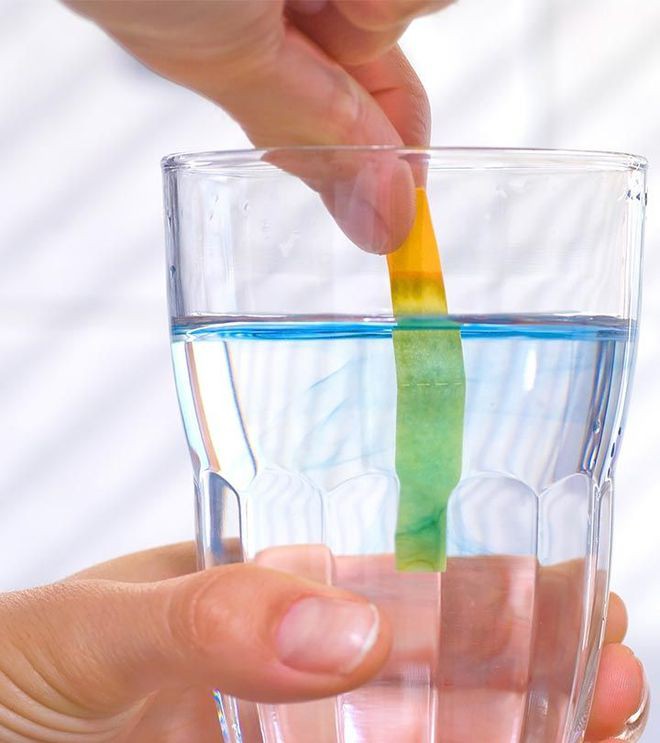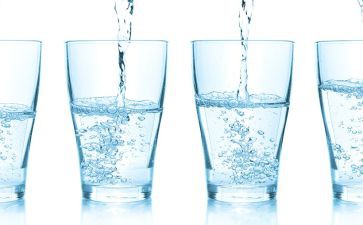
1. Groundwater and surface water
Groundwater - organic matter and microbial pollution is less, while calcium and magnesium plasma is more dissolved, high hardness and easy to scale; Sometimes iron/manganese/fluorine ions exceed the standard, which can not meet the demand for production and domestic water.
Surface water - more organic and microbial pollution than groundwater, if the area is a limestone area, the surface water often has greater hardness, such as Deyang, Mianyang, Guangyuan, Aba and other areas in Sichuan.
2. Hard water and soft water
Hard water - the total concentration of metal ions such as calcium and magnesium in water is called hardness, hard water has a great impact on production water such as boilers, and it should be softened/desalted. Hardness greater than 200mg/L is usually called hard water.
Soft water -- that is, water that is less hard. It generally refers to water that reduces or removes the content of calcium and magnesium plasma in water to a certain extent.
3. Raw water and clean water
Raw water - usually refers to the water intake of water treatment equipment, such as commonly used urban tap water (international known as drinking water)/ suburban groundwater/field surface water, etc., often with TDS value (total dissolved solids content in water) to detect its water quality, China's urban tap water TDS value is usually 100 ~ 400ppm.
Clean water - raw water after water treatment facilities, that is, water.
Pure water - raw water after reverse osmosis and sterilization equipment and other complete sets of water treatment facilities, remove most of the inorganic salt ions, microorganisms and organic impurities in the raw water, can directly drink pure water.
Distilled water - pure water prepared by distillation, usually not used for drinking.
5. Pure water and ultra-pure water
Pure water - deionized water prepared by reverse osmosis, distillation, ion exchange and other methods, the TDS value is usually <5PPm, the conductivity is usually <10μs/cm (resistance value >0.1 mω.cm).
Ultra-pure water - by ion exchange, distillation, electric desalting and other methods to further purify pure water to deionize, its TDS value is not measured, the conductivity is usually <0.1μs/cm (resistance value > 10mω.cm), its ions are almost completely removed. Theoretically, the purest water resistance value is 18.25 mω.cm.
6. Purified water and water for injection
Purified water - pure water used in the pharmaceutical industry is called purified water, and the conductivity is usually required to be <2μs/cm.
Water for injection - Purified water is purified again by multi-effect distillation/ultrafiltration to remove pyrogen and then used to prepare injections.



